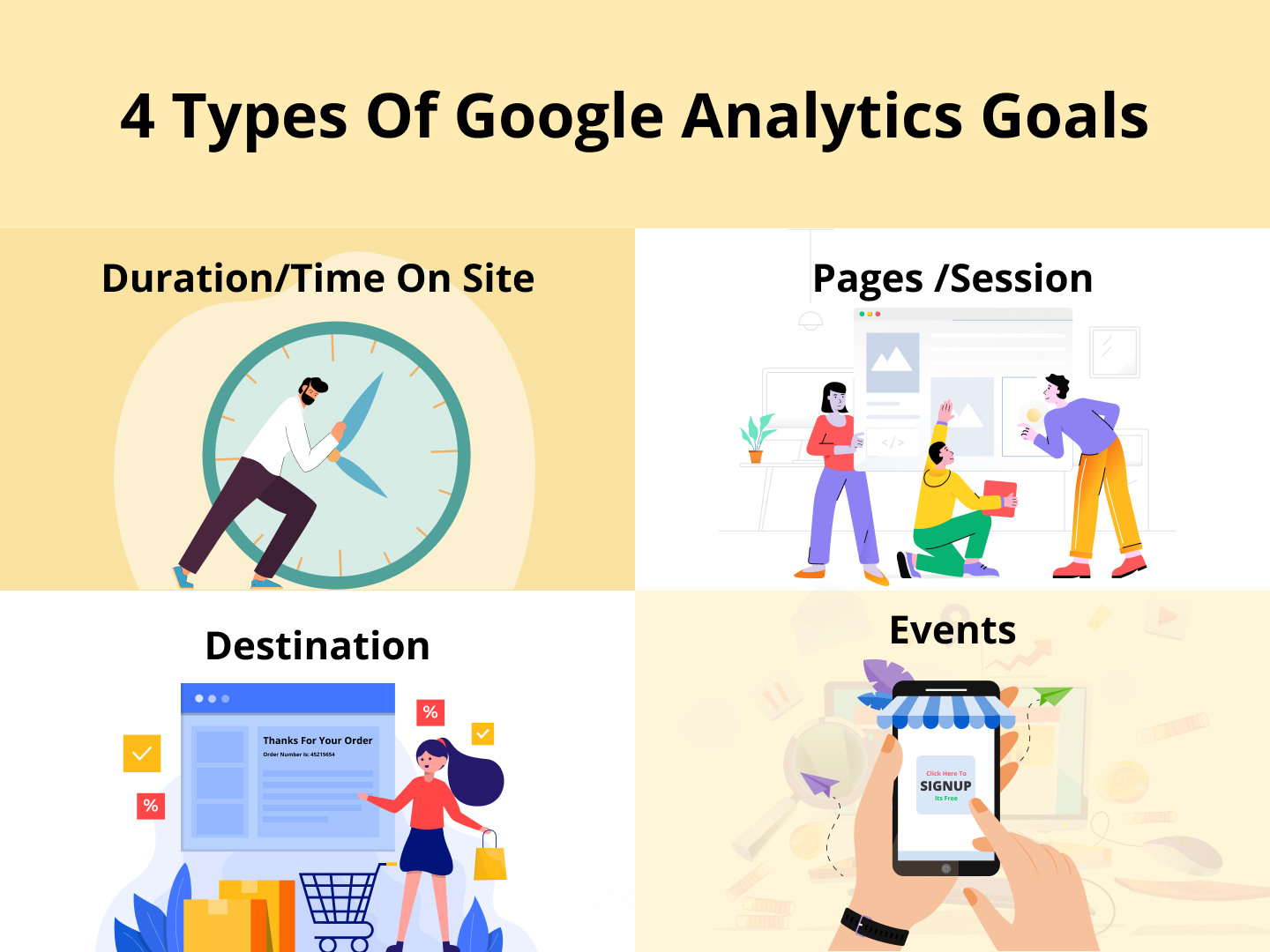Understanding What Data Is Google Analytics Goals Unable to Track
Understanding What Data Is Google Analytics Goals Unable to Track
Blog Article
Revealing the Blind Destinations: Comprehending What Google Analytics Goals Can not Gauge
In the realm of digital analytics, Google Analytics stands as an effective device for tracking and analyzing on-line individual communications. Understanding what Google Analytics objectives can not measure is essential for acquiring a detailed view of user behavior and engagement.
User Behavior on External Platforms
Recognizing just how users engage on exterior systems is vital for maximizing on-line techniques. Outside systems, such as social networks networks, recommendation websites, and on the internet forums, play a considerable duty in driving website traffic to a business's site. By assessing individual actions on these platforms, businesses can get beneficial insights into the efficiency of their marketing efforts and the preferences of their target market.
One key aspect of customer habits on exterior systems is the referral resource. By tracking where the individuals are originating from, organizations can recognize which systems are driving the most traffic to their web site. This information can help companies allocate their sources better, concentrating on the systems that generate the most effective results.

Offline Interactions and conversions
Examining individual habits on outside platforms gives valuable insights into on the internet strategies; nonetheless, thinking about offline conversions and interactions is equally imperative for a thorough understanding of a business's overall performance. Offline conversions, such as in-store purchases or phone questions, play a considerable function in lots of organizations' success.

Acknowledgment Beyond Last Click
When diving right into the world of electronic advertising and marketing analytics, it becomes important to look beyond the solitary touchpoint of the last click for a much more comprehensive understanding of acknowledgment. While Google Analytics gives beneficial insights into customer actions, counting only on last-click attribution can be limiting - what data is google analytics goals unable to track. Acknowledgment designs that exceed the last click supply an extra nuanced view of the client journey, considering all the touchpoints that lead to a conversion
Attribution beyond the last click allows marketing professionals to designate credit history to various interactions along the conversion course, offering a more clear photo of the efficiency of different marketing networks. By discovering multi-touch acknowledgment versions such as direct, time degeneration, or position-based her latest blog attribution, companies can better allot their marketing budgets and optimize their techniques for maximum effect.
Comprehending the influence of each touchpoint in the conversion procedure is click reference crucial for making educated choices and taking full advantage of ROI. By accepting acknowledgment past the last click, organizations can gain much deeper understandings right into client behavior and tailor their advertising initiatives better.
Cross-Device and Cross-Browser Tracking

Likewise, cross-browser monitoring enhances cross-device tracking by recording user habits as they switch over in between different web internet browsers. Recognizing how individuals interact with web sites on various browsers can aid marketers maximize their on-line experiences to guarantee consistency and capability across different platforms.
Qualitative Information and Individual Intent
Recognizing user intent with qualitative data analysis is essential for creating targeted electronic marketing methods that resonate with the requirements and choices of the target audience. Qualitative information gives understandings right into the 'why' behind customer activities, clarifying inspirations, feelings, and choices that measurable information alone can not catch. By assessing customer responses, remarks, and interactions, marketing professionals can reveal beneficial info concerning customer intent, enabling them to tailor their messaging, content, and offerings to much better line up with what their target market is seeking.
Qualitative information additionally aids in comprehending the context in which customers involve with a website or application. This contextual understanding allows marketing professionals to create even more individualized and appropriate experiences, eventually driving greater interaction and conversion rates. By diving into user intent with qualitative data evaluation, companies can gain a much deeper understanding of their target audience, resulting in a lot more efficient marketing approaches that satisfy users' assumptions and demands.
Verdict
To conclude, Google Analytics goals have constraints in determining individual behavior on external systems, offline conversions, attribution beyond last click, cross-browser and cross-device monitoring, and qualitative information associated to user intent. what data is google analytics goals unable to track. It is necessary for organizations to be familiar with these unseen areas in order to supplement their data analysis with other devices and methods to acquire an extra extensive understanding of their target market and boost their overall digital Click This Link advertising approaches
By evaluating individual actions on these platforms, services can obtain valuable insights into the efficiency of their advertising and marketing initiatives and the choices of their target audience.
Evaluating customer behavior on outside systems provides useful understandings into on the internet techniques; nonetheless, thinking about offline conversions and communications is similarly necessary for a comprehensive understanding of a business's overall efficiency.In electronic advertising analytics, moving past last-click acknowledgment to check out cross-device and cross-browser tracking is important for obtaining a holistic understanding of user interactions across different systems and tools. By analyzing user responses, comments, and interactions, marketing experts can uncover important info concerning user intent, permitting them to tailor their messaging, web content, and offerings to better line up with what their target market is seeking.
By delving into individual intent via qualitative information analysis, organizations can gain a much deeper understanding of their target audience, leading to extra reliable advertising and marketing techniques that satisfy users' requirements and expectations.
Report this page